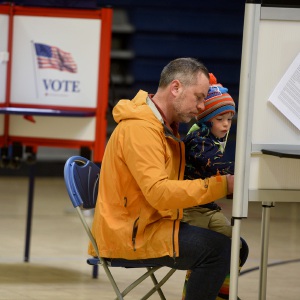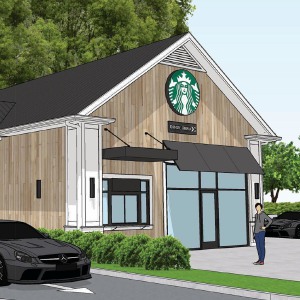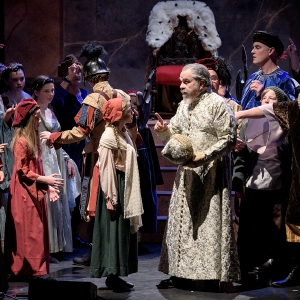Bald eagles have bounced back big-time in NH, Vt.
| Published: 11-26-2022 3:34 PM |
WEST LEBANON — Bald eagles are back in the Upper Valley. Once a mainstay of endangered species lists, the raptors can now fly with their beaks held high after a dramatic population comeback.
While introducing Chris Martin, senior rapport biologist for the New Hampshire Audubon Society, at a Hanover Conservancy Meeting last week, the group’s president, Adair Mulligan, reflected on her own stint in the society 40 years ago.
She and her co-workers had embarked in canoes on a staff trip across Umbagog Lake, which straddles the border between Maine and the northern part of the Granite State, “to witness the only bald eagle nest in the state of New Hampshire,” Mulligan said. “Thanks in no small part to Chris’ leadership, an adult eagle soared over my car as I was leaving work yesterday.”
When the United States Environmental Protection Agency initially crafted an endangered species list in 1966, bald eagles were among the very first additions. The New Hampshire Department of Fish and Game created the state’s own endangered species list in the 1970s, and bald eagles also made their way into that group.
“We didn’t have any nesting in the state at that time, and we hadn’t since the 1950s,” Martin said in a presentation to the conservancy.
Habitat destruction and the proliferation of DDT — the insecticide made infamous in Rachel Carson’s Silent Spring — in the environment beginning after World War II sent the population into retreat.
But now significant conservation efforts from a partnership between N.H. Audubon and the New Hampshire Fish and Game Department have restored the species.
Protective metal sheeting installed around the base of nesting trees to stave off predators along with careful eaglet tagging efforts have helped pave the way.
Article continues after...
Yesterday's Most Read Articles
 Kenyon: Dartmouth alumni join union-busting effort
Kenyon: Dartmouth alumni join union-busting effort
 Hartford voters approve school budget and building repair bond
Hartford voters approve school budget and building repair bond
 Starbucks store planned for Route 120 at Centerra
Starbucks store planned for Route 120 at Centerra
 Local Roundup: Hanover pitcher throws a perfect game
Local Roundup: Hanover pitcher throws a perfect game
 Parker up for parole more than 2 decades after Dartmouth professor stabbing deaths
Parker up for parole more than 2 decades after Dartmouth professor stabbing deaths
Eagles have no trouble these days in New Hampshire.
In the early years of the midwinter bald eagle count in the 1980s, “we were lucky to find five to 10 eagles statewide on that one-day count,” Martin said.
The last January count, in 2020, found 101 bald eagles statewide, including around 25 on the Connecticut River.
Judith Lombardi, a wildlife photographer, was tapped by Martin to take over a route during the bird counts in the late 1990s.
Twice a winter, first in early January and then in late February, Lombardi would travel along the Connecticut, beginning in Lebanon and snaking her way south, usually getting all the way to Claremont. Lombardi moved slowly with her head pointed up toward the tops of trees, tallying the eagles she’d see along the way.
“As the years went on, I actually started in the shopping center behind Home Depot at the nest on Johnson’s Island,” Lombardi said. “Then I would go down to Windsor, where there was a great nest along Route 5. I could see it so clearly and then further south to a nest in Bellows Falls,” Lombardi said.
She never had one year where she didn’t see an eagle.
“Now the population has become so healthy, and there are so many in our area that it’s not uncommon to see them flying over I-89. It becomes kind of run-of-the-mill,” Lombardi said.
N.H. Audubon recently recorded three eagle chicks in a nest behind the Home Depot in West Lebanon.
Michael Rivera has worked at the Lebanon Home Depot for five years as a supervisor at the service desk, and said he often hears their screech.
“I’d come in first thing in the morning, and they would be hanging out on the corner of the garden center,” Rivera said.
Martin said that site has been particularly successful over the past decade. Bald eagles in heavily trafficked areas typically flock to major rivers, which can maintain open water and provide a reliable aquatic food source through the colder months.
“They get along just fine in the winter in our state,” Martin said.
Breeding eagles basically huddle down at their nest sites year round. When temperatures drop, they take up the job of the other birds who can’t quite withstand the same conditions. “A lot of people don’t know that eagles are also scavengers,” Martin said. “In the wintertime they spend a lot of time cleaning up the things that, in the summer, a turkey vulture would clean up.”
Considering the dramatic rebound, the question these days is when the population will plateau.
“We’ve gone from 20 eagle pairs in 2010, and we’re approaching 100 now,” Martin said. “My training as a biologist says that this curve is going to start to flatten out.”
The area’s eagles continue to defy biological logic. Martin and his team have been finding bald eagles in breeding territories “where it didn’t seem possible to be another pair.”
Frances Mize is a Report for America corps member. She can be reached at fmize@vnews.com or 603-727-3242.

 Art Notes: After losing primary venues, JAG Productions persists
Art Notes: After losing primary venues, JAG Productions persists  Over Easy: Marvels in the heavens, and in the yard
Over Easy: Marvels in the heavens, and in the yard  Amid financial difficulties, Lebanon-based Revels North cancels midwinter show
Amid financial difficulties, Lebanon-based Revels North cancels midwinter show  Art Notes: The Pilgrims to perform ‘last’ show Saturday in Hanover
Art Notes: The Pilgrims to perform ‘last’ show Saturday in Hanover
